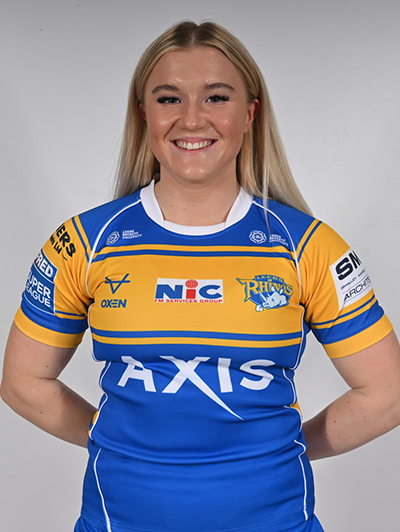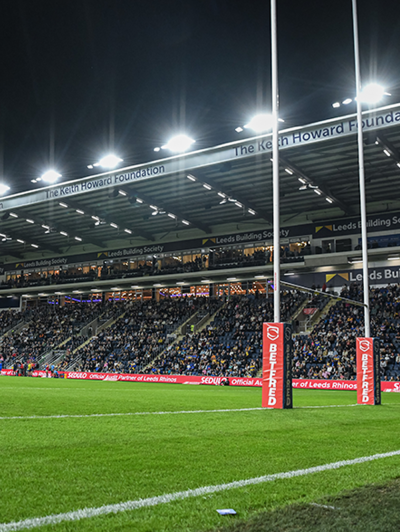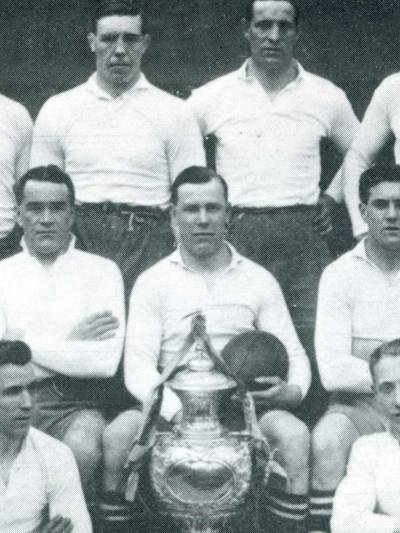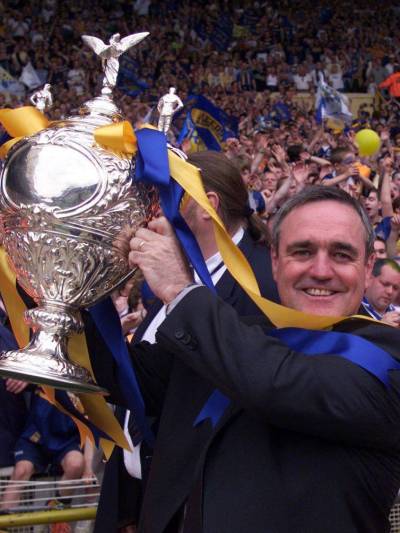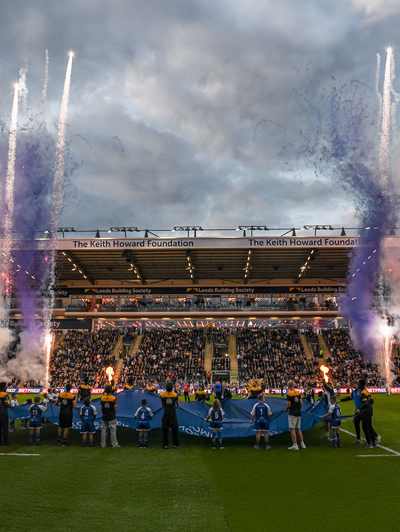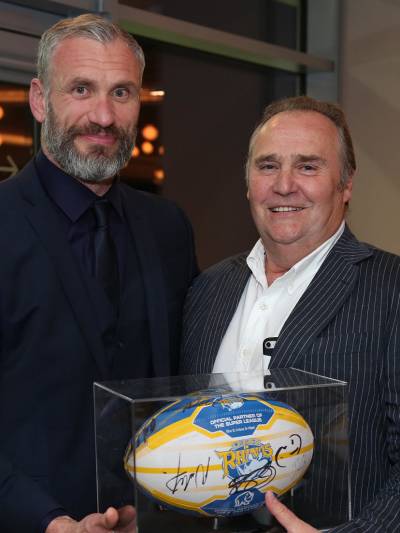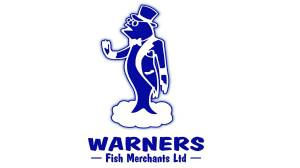1936-1937

Although strenuous efforts were made by the management to maintain the playing strength at a high standard in the hope of attaining further honours, particularly the League Championship which had so far eluded the Club, we had to yield the R.L. Cup and the Yorkshire Cup, and to find consolation in winning the Yorkshire League Championship.
The only close season signing of note was that of Ernest Pollard, the International back, from Wakefield Trinity. He was to have the remarkable record of kicking over 100 goals in his one and only season with Leeds. Five other players of note joined the Club: Cliff Evans, from Salford; Dai Prosser, from York; Con Murphy and Dai Jenkins, from Streatham and Mitcham; and Ted Tattersfield, from Hull Kingston Rovers. Each of these players was to serve the Club loyally and well over a number of years, and it is worthy of note that Prosser, Jenkins and Murphy were to ?survive? the war period and take their places with the Leeds team at Wembley in 1947, over ten years later.
One would have imagined that with this additional strength the Cup winning combination of the previous campaign would have been more than strong enough for all-comers. But football is a strange business, and many factors come into the blending and welding of a successful combination, and it may well have been that the playing strength was far too unwieldy, with consequent team selection problems and the constant temptation to ?chop and change?. As an example of this, the records reveal that no fewer than eight players alternated in the half-back positions: Richards, Pollard, Jenkins, Evans, Ralph, Williams, Brogen and J. Jones. How could any attacking or defensive combination develop if the pivot of the whole team was being constantly switched? A similar situation was created in the three-quarter line, because there were so many players of undoubted talent and ability. A settled team, playing consistently well, is the obvious ideal to aim for in matters of selection.
Sound work in the League enabled the team to head the table at the end of the year, but valuable ground was lost in January and February, and this falling off can be traced to the constant switching of half-backs. Up to Christmas, Ralph and Evans had linked well and had been a vital factor in the team?s success, but the advent of Jenkins created a problem. It is true to say that the management had only intended signing Murphy, the hooker, from Streatham and Mitcham, but when he suggested that Jenkins, with whom he had played for several years, would also like to join Leeds the bargain was struck. And a bargain they both proved to be!!
From early March onwards the first choice half-backs were Jenkins and Jones, and with a settled pair the team went from strength to strength, to finish in third position. The League Semi-Final took us to Wilderspool where the following weakened team lost by 12 points to 2; Eaton; F. Harris, Evans, Pollard, Brogden; Jones, Jenkins; Dyer, Murphy, Prosser, Jubb, Casewell, Tattersfield.
We entered the Yorkshire Cup Competition with high hopes of making our third consecutive conquest, but this was not to be. We met Bradford in the 1st Round at Odsal and just squeezed through by 12 points to 11. This, however, was quite a good performance as Casewell had to leave the field after thirty minutes play with a dislocated shoulder which he sustained in scoring Leeds second try. Ernest Pollard?s goal-kicking was the winning factor. Hull was the venue for the second round and as Leeds had won there in the League a week earlier hopes of victory were justifiable, but on this occasion the Hull forwards ran riot, subduing the Leeds pack completely, strangling our speedy back division, and leading the way to victory.
The visit to Belle Vue, Wakefield, in the 1st round of the R.L. Cup gave the Trinitarians an opportunity to gain revenge for that Yorkshire Cup Final defeat, and with true poetic justice we lost by a goal kick to nil, and missed six reasonable shots at goal!!!
On Coronation Day, May 12th, Leeds and Salford played an experimental twelve-a-side game at Headingley, with each pack scrummaging in 2-3 formation. It was an extremely interesting and thought provoking exhibition. This formation, the idea of the late Mr. Lance Todd the Salford Manager, did generally improve the entry of the ball into the scrums, and also quickened up the heeling. Leeds won by 15 points to 9.

